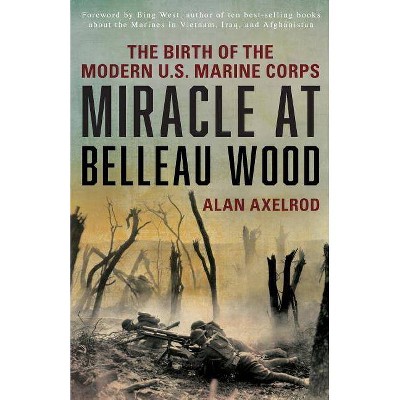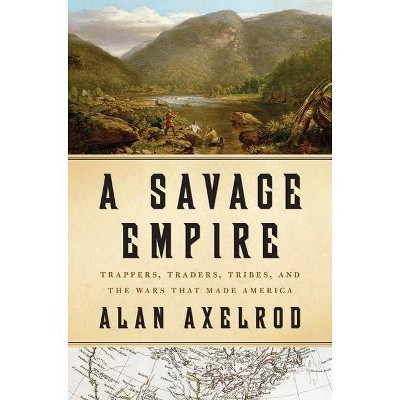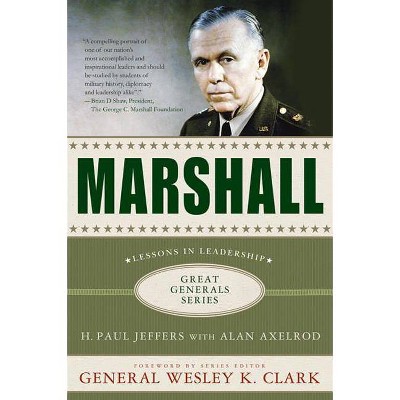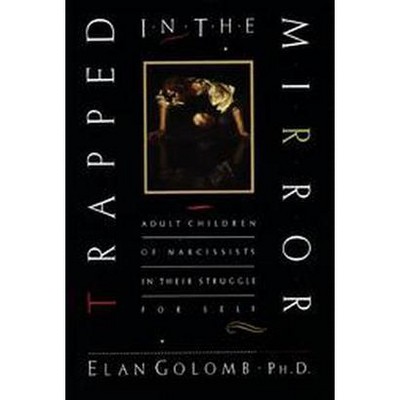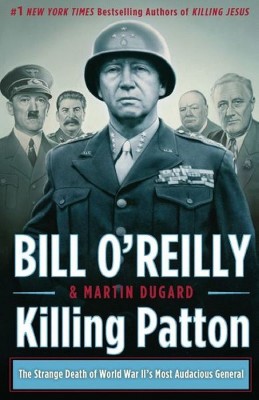The Battle of Verdun - by Alan Axelrod (Paperback)

Similar Products
Products of same category from the store
AllProduct info
<p/><br></br><p><b> About the Book </b></p></br></br>Called "the worst battle in history" by military historian Sir Alistair Horne, the Battle of Verdun took place from February 21 through December 18, 1916, making 2016 the 100th anniversary of this major battle in the war to end all wars. Approximately 700,000 men fell in this ...<p/><br></br><p><b> Book Synopsis </b></p></br></br>The Great War ate men, machines, and money without mercy or remission. At the end of 1915, the German army chief of staff, Erich von Falkenhayn, believed he knew how to finally kill the beast and win the war. On Christmas day, 1915, Falkenhayn sent a letter to Kaiser Wilhelm II proposing a campaign to demoralize Britain, whose industrial might and maritime power were the foundation of the alliance against Germany, while also knocking France out of the war. He wrote that the "strain on France has reached breaking point .... If we succeed in opening the eyes of her people to the fact that in a military sense they have nothing more to hope for, that breaking point would be reached and England's best sword knocked out of her hand." His plan was to attack a single point the French perceived as so vital that they would be compelled "to throw in every man they have." Falkenhayn concluded: "If they do so, the forces of France will bleed to death" or, as he put it later, the "French army would be bled white." Falkenhayn's target of choice was Verdun, a place that, throughout virtually all of the history of Europe, had been a fortress. Located within a loop of the Meuse River, it occupied a strategic blocking position in the Meuse River valley. As recently as the Franco-Prussian War of 1871, Verdun had been the last of the French fortified cities to hold out against the German onslaught. After that war, it had been vastly augmented, so that it was now a circle of detached forts surrounding a central citadel. The town of Verdun itself, also fortified, was likewise encircled by forts distributed in a five-mile radius. The combined massive complex guarded not only passage through the river valley region, but also dominated a key railroad junction leading to points south, southwest, west, and north in France. Along with the related, but separate, Battle of the Somme, Verdun was among the most deadly battles in history. To understand this struggle is to understand all of World War I, including the principal stated motive of Woodrow Wilson for bringing the United States into the "European War" in April 1917. For him, Verdun proved both France's determination to win at all costs and the likelihood that, without help, it would be defeated nevertheless. The unparalleled barbarity of Verdun, a product of the Old World, convinced the American president that only the principal nation of the New World could finally alter the grim course of human destiny. While many, both in 1916 and in the decades that followed, saw Verdun as a bloody monument to the inescapable futility of war, Wilson saw in it a hope for fighting what he would call a "war to end all wars."<p/><br></br><p><b> Review Quotes </b></p></br></br><br>About Miracle at Belleau Wood (Lyons Press, 2007): "Axelrod is one of America's great military historians. He's done it this time with riveting non-stop action that reads like the best of Hemingway's frontline reports plus the Marine Corps novels of W. E. B. Griffin. Axelrod pushes you right into the action, onto the battlefield, and never lets up. You become a firsthand witness to one of the world's great battles, proud and heart-pounding as the elite force, the Devil Dogs, are born in a small forest outside Paris. This is one book I wish I'd written!" --Paul B. Farrell, JD. PhD, syndicated columnist for DowJones's MarketWatch and former staff sergeant, USMC "Alan Axelrod has perfectly captured the embodiment of U.S. Marines and their unparalleled esprit de corps ... As a former Marine, I find Axelrod's descriptions of the combat in that bloody battle for which the Corps became legendary--and which is the foundation of its mythic lore--compelling and gut-wrenching. Miracle at Belleau Wood puts the reader in the front row, witness to the heroism and ups and downs endured by the Marines as they defeated the Germans at overwhelming odds. A must read!" --Lt. Col. Jay Kopelman, USMCR (Ret.), best-selling author of From Baghdad with Love "Axelrod brings us back vividly to the shocking casualties of 'the war to end all wars, ' opening up fresh insights into the nature of the fighting and the decisions that shaped a generation." --Bing West, correspondent for The Atlantic, award-winning author of two books on the Iraq War, former Marine, and Assistant Secretary of Defense In ''Miracle at Belleau Wood: The Birth of the Modern U.S. Marine Corps," Alan Axelrod has demonstrated his mastery at portraying battle at its most brutal and bloodiest. The fight for Belleau Wood is like a bayonet in the belly every step of the way. The distant mirror that Alan Axelrod shows us reflects the fearful face of life and death in World War I. --Paul Weishaupt, Marines: The Corps' Official Magazine, October-December 2007 About Patton's Drive: The Making of America's Greatest General (Lyons Press, 2009): "Like Patton at his best: [Alan Axelrod's writing is] polished, precise, and persuasive."--Kirkus Reviews<br><p/><br></br><p><b> About the Author </b></p></br></br>Alan Axelrod is the author of many books on leadership, history, military history, biography, including How America Won World War I (Lyons Press, 2018) and The Battle of the Somme (Lyons Press, 2016). He was most recently a creative consultant and on-screen commentator for The Great War, on the PBS American Experience television series.
Price History
Cheapest price in the interval: 18.99 on March 10, 2021
Most expensive price in the interval: 18.99 on November 8, 2021
Price Archive shows prices from various stores, lets you see history and find the cheapest. There is no actual sale on the website. For all support, inquiry and suggestion messages communication@pricearchive.us

